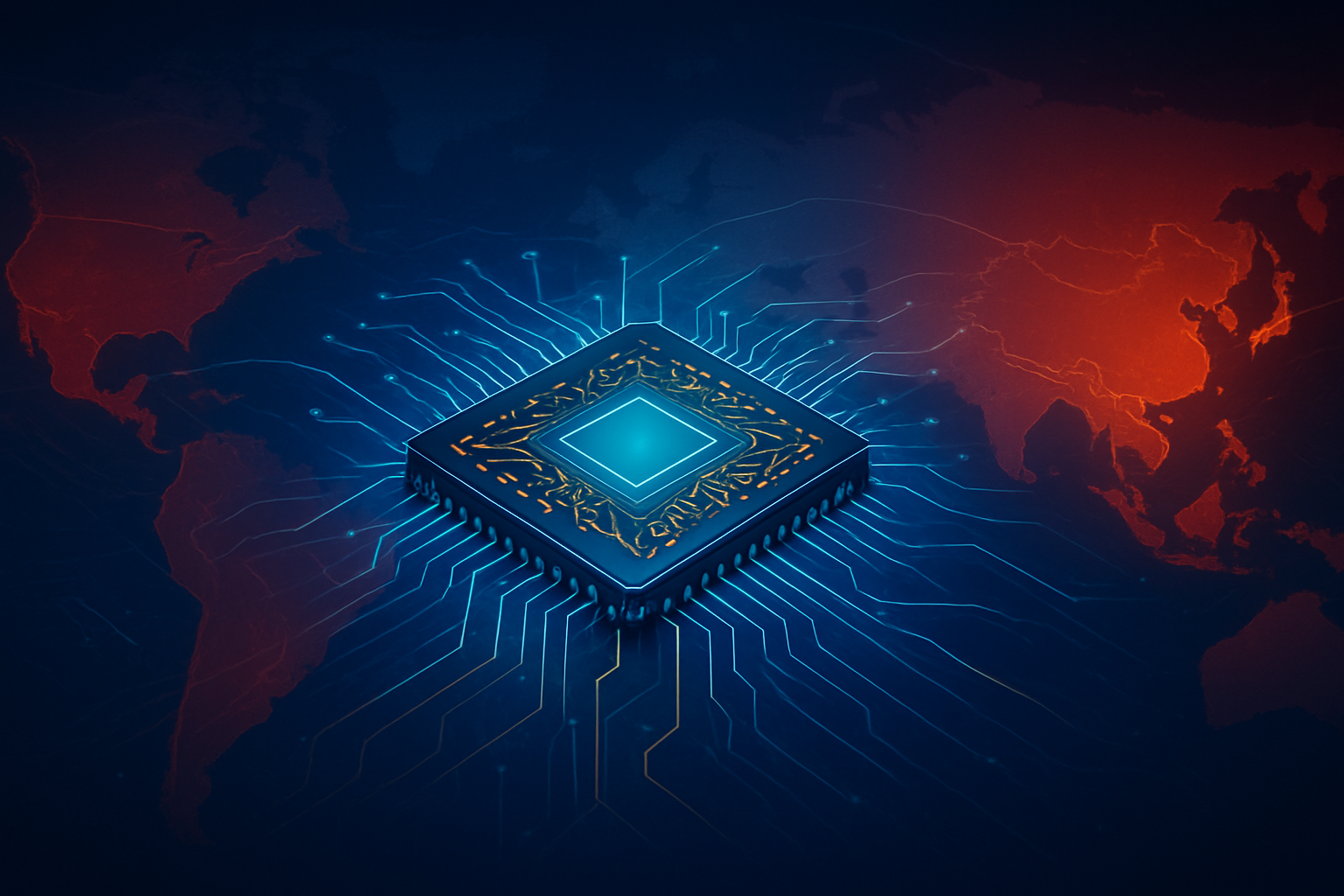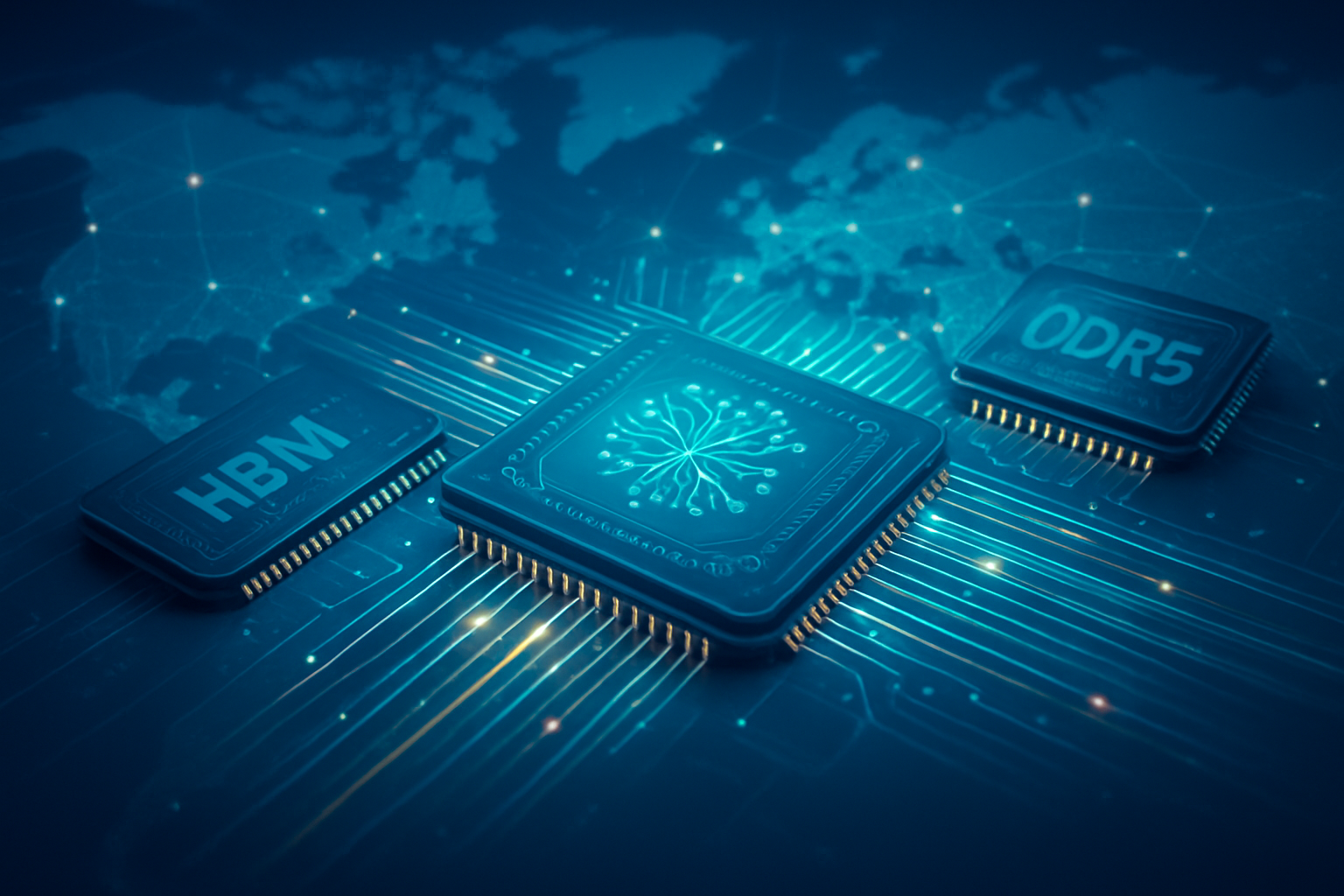In a decisive move to fortify its economic security and regain a commanding position in the global technology landscape, Japanese electronics makers are aggressively restructuring their semiconductor supply chains. Driven by escalating US-China geopolitical tensions and the lessons learned from recent global supply disruptions, Japan is embarking on a multi-billion dollar strategy to enhance domestic chip production, diversify manufacturing locations, and foster strategic international partnerships. This ambitious recalibration signals a profound shift away from decades of relying on globalized, often China-centric, supply networks, aiming instead for resilience and self-sufficiency in the critical semiconductor sector.
A National Imperative: Advanced Fabs and Diversified Footprints
Japan's strategic pivot is characterized by a two-pronged approach: a monumental investment in cutting-edge domestic chip manufacturing and a widespread corporate initiative to de-risk supply chains by relocating production. At the forefront of this national endeavor is Rapidus Corporation, a government-backed joint venture established in 2022. With significant investments from major Japanese corporations including Toyota (TYO:7203), Sony (TYO:6758), SoftBank (TYO:9984), NTT (TYO:9432), Mitsubishi UFJ Financial Group (TYO:8306), and Kioxia, Rapidus is spearheading Japan's return to advanced logic chip production. The company aims to mass-produce state-of-the-art 2-nanometer logic chips by 2027, an ambitious leap from Japan's current capabilities, which largely hover around the 40nm node. Its first fabrication facility is under construction in Chitose, Hokkaido, chosen for its robust infrastructure and lower seismic risk. Rapidus has forged crucial technological alliances with IBM for 2nm process development and with Belgium-based IMEC for advanced microelectronics research, underscoring the collaborative nature of this high-stakes venture. The Japanese government has already committed substantial subsidies to Rapidus, totaling ¥1.72 trillion (approximately $11 billion) to date, including a ¥100 billion investment in November 2025 and an additional ¥200 billion for fiscal year 2025.
Complementing domestic efforts, Japan has also successfully attracted significant foreign direct investment, most notably from Taiwan Semiconductor Manufacturing Company (TSMC) (TPE:2330). TSMC's first plant in Kumamoto Prefecture, a joint venture with Sony (TYO:6758) and Denso (TYO:6902), began mass production of 12-28nm logic semiconductors in December 2024. A second, more advanced plant in Kumamoto, slated to open by the end of 2027, will produce 6nm semiconductors, bringing TSMC's total investment in Japan to over $20 billion. These facilities are critical not only for securing Japan's automotive and industrial supply chains but also as a hedge against potential disruptions in Taiwan. Beyond these flagship projects, Japanese electronics manufacturers are actively implementing "China Plus One" strategies. Companies like Tamura are scaling back their China presence by up to 30%, expanding production to Europe and Mexico, with a full shift anticipated by March 2028. TDK is relocating smartphone battery cell production from China to Haryana, India, while Murata, a leading capacitor maker, plans to open its first multilayer ceramic capacitor plant in India in fiscal 2026. Meiko, a printed circuit board supplier, commissioned a ¥50 billion factory in Vietnam in 2025 to support iPhone assembly operations in India and Southeast Asia. These widespread corporate actions, often backed by government subsidies, signify a systemic shift towards geographically diversified and more resilient supply chains.
Competitive Landscape and Market Repositioning
This aggressive restructuring significantly impacts the competitive landscape for both Japanese and international technology companies. Japanese firms like Sony (TYO:6758) and Denso (TYO:6902), as partners in TSMC's Kumamoto fabs, stand to directly benefit from a more secure and localized supply of critical chips, reducing their vulnerability to geopolitical shocks and logistics bottlenecks. For the consortium behind Rapidus, including Toyota (TYO:7203), SoftBank (TYO:9984), and Kioxia, the success of 2nm chip production could provide a strategic advantage in areas like AI, autonomous driving, and advanced computing, where cutting-edge semiconductors are paramount. The government's substantial financial commitments, which include over ¥4 trillion (approximately $25.4 billion) in subsidies to the semiconductor industry, are designed to level the playing field against global competitors and foster a vibrant domestic ecosystem.
The influx of foreign investment, such as Micron's (NASDAQ:MU) $3.63 billion subsidy for expanding its Hiroshima facilities and Samsung's construction of an R&D center in Yokohama, further strengthens Japan's position as a hub for semiconductor innovation and manufacturing. This competitive dynamic is not just about producing chips but also about attracting talent and fostering an entire ecosystem, from materials and equipment suppliers (where Japanese companies like Tokyo Electron already hold dominant positions) to research and development. The move towards onshoring and "friendshoring" could disrupt existing global supply chains, potentially shifting market power and creating new strategic alliances. For major AI labs and tech companies globally, a diversified and robust Japanese semiconductor supply chain offers an alternative to over-reliance on a single region, potentially stabilizing future access to advanced components critical for AI development. However, the sheer scale of investment required and the fierce global competition in advanced chipmaking mean that sustained government support and technological breakthroughs will be crucial for Japan to achieve its ambitious goals and truly challenge established leaders like TSMC and Samsung (KRX:005930).
Broader Geopolitical and Economic Implications
Japan's semiconductor supply chain overhaul is a direct consequence of the intensifying technological rivalry between the United States and China, and it carries profound implications for the broader global AI landscape. The 2022 Economic Security Promotion Act, which mandates the government to secure supply chains for critical materials, including semiconductors, underscores the national security dimension of this strategy. By aligning with the US in imposing export controls on 23 types of chip technology to China, Japan is actively participating in a coordinated effort to manage technological competition, albeit at the risk of economic repercussions from Beijing. This move is not merely about economic gain but about securing critical infrastructure and maintaining a technological edge in an increasingly polarized world.
The drive to restore Japan's prominence in semiconductors, a sector it once dominated decades ago, is a significant trend. While its global production share has diminished, Japan retains formidable strengths in semiconductor materials, manufacturing equipment, and specialized components. The current strategy aims to leverage these existing strengths while aggressively building capabilities in advanced logic chips. This fits into a broader global trend of nations prioritizing strategic autonomy in critical technologies, spurred by the vulnerabilities exposed during the COVID-19 pandemic and the ongoing geopolitical fragmentation. The "China Plus One" strategy, now bolstered by government subsidies for firms to relocate production from China to Southeast Asia, India, or Mexico, represents a systemic de-risking effort that will likely reshape regional manufacturing hubs and trade flows. The potential for a Taiwan contingency, a constant shadow over the global semiconductor industry, further underscores the urgency of Japan's efforts to create redundant supply chains and secure domestic production, thereby enhancing global stability by reducing single points of failure.
The Road Ahead: Challenges and Opportunities
Looking ahead, Japan's semiconductor renaissance faces both significant opportunities and formidable challenges. The ambitious target of Rapidus to mass-produce 2nm chips by 2027 represents a critical near-term milestone. Its success or failure will be a key indicator of Japan's ability to re-establish itself at the bleeding edge of logic chip technology. Concurrently, the operationalization of TSMC's second Kumamoto plant by late 2027, producing 6nm chips, will further solidify Japan's advanced manufacturing capabilities. These developments are expected to attract more related industries and talent to regions like Kyushu and Hokkaido, fostering vibrant semiconductor ecosystems.
Potential applications and use cases on the horizon include advanced AI accelerators, next-generation data centers, autonomous vehicles, and sophisticated consumer electronics, all of which will increasingly rely on the ultra-fast and energy-efficient chips that Japan aims to produce. However, challenges abound. The immense capital expenditure required for advanced fabs, the fierce global competition from established giants, and a persistent shortage of skilled semiconductor engineers within Japan are significant hurdles. Experts predict that while Japan's strategic investments will undoubtedly enhance its supply chain resilience and national security, sustained government support, continuous technological innovation, and a robust talent pipeline will be essential to maintain momentum and achieve long-term success. The effectiveness of the "China Plus One" strategy in truly diversifying supply chains without incurring prohibitive costs or efficiency losses will also be closely watched.
A New Dawn for Japan's Semiconductor Ambitions
In summary, Japan's comprehensive reshaping of its semiconductor supply chains marks a pivotal moment in its industrial history, driven by a confluence of national security imperatives and economic resilience goals. The concerted efforts by the Japanese government and leading electronics makers, characterized by massive investments in Rapidus and TSMC's Japanese ventures, alongside a widespread corporate push for supply chain diversification, underscore a profound commitment to regaining leadership in this critical sector. This development is not merely an isolated industrial policy but a significant recalibration within the broader global AI landscape, offering potentially more stable and diverse sources for advanced components vital for future technological advancements.
The significance of this development in AI history lies in its potential to de-risk the global AI supply chain, providing an alternative to heavily concentrated manufacturing hubs. While the journey is fraught with challenges, Japan's strategic vision and substantial financial commitments position it as a formidable player in the coming decades. What to watch for in the coming weeks and months includes further announcements on Rapidus's technological progress, the ramp-up of TSMC's Kumamoto facilities, and the continued expansion of Japanese companies into diversified manufacturing locations across Asia and beyond. The success of Japan's chip gambit will undoubtedly shape the future of global technology and geopolitical dynamics.
This content is intended for informational purposes only and represents analysis of current AI developments.
TokenRing AI delivers enterprise-grade solutions for multi-agent AI workflow orchestration, AI-powered development tools, and seamless remote collaboration platforms.
For more information, visit https://www.tokenring.ai/.









